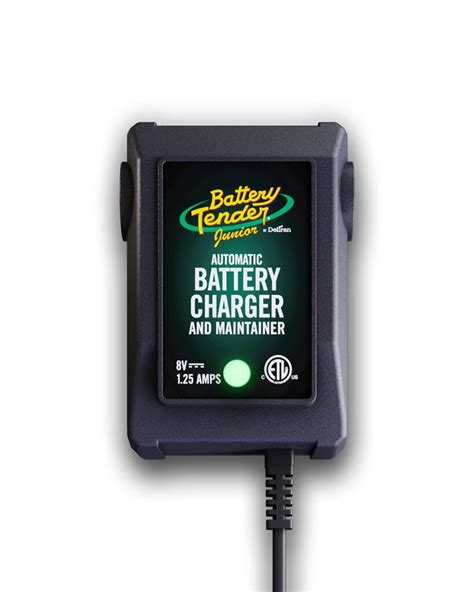Troubleshooting Your 8V Golf Cart Battery Charge: A Comprehensive Guide
Golf carts, with their convenient size and maneuverability, are a popular choice for navigating golf courses, private properties, and even city streets. However, a common frustration among owners is dealing with battery charging issues. This comprehensive guide will walk you through troubleshooting your 8V golf cart battery charge, helping you identify and resolve the problem efficiently. We'll explore common causes, step-by-step diagnostic procedures, and preventative maintenance tips to keep your cart running smoothly.
Understanding Your 8V Golf Cart Battery System
Before diving into troubleshooting, it's crucial to understand the basics of your 8V golf cart battery system. Most golf carts utilize multiple 6V or 8V batteries connected in series to achieve the required voltage (typically 36V or 48V). An 8V battery system is less common but still found in some models. The charging process involves converting AC power from your charger into DC power to replenish the energy depleted from the battery during use.
Common Problems Preventing Your 8V Golf Cart from Charging
Several factors can prevent your 8V golf cart battery from charging correctly. Let's examine some of the most common issues:
1. Faulty Battery Charger: Is the charger even working?
This is often the first point of failure. Check for a power supply at the wall outlet. If the charger is plugged in but not showing any signs of life (no lights, no fan running), it might be faulty. A simple multimeter can test the charger's output voltage. It's essential to compare this to the charger's specifications. If the output voltage is significantly lower or absent, you'll need to replace the charger.
2. Bad Battery Connections: Are the terminals clean and tight?
Corrosion on battery terminals is a frequent culprit. Clean the terminals using a wire brush or terminal cleaner, ensuring they're free of any debris. Tighten the connections securely. Loose connections can significantly impede charging and discharge. Examine the connections between each individual 8V battery as well as the main battery cables connected to the cart.
3. Sulfated Batteries: Are the batteries old or showing signs of sulfation?
Sulfation is a common battery problem that causes a buildup of lead sulfate crystals on the battery plates, hindering their ability to accept a charge. This often manifests as a slow charge, reduced run time, and a weaker overall performance. While sulfation is harder to directly troubleshoot at home, a constant slow charge or consistently low voltage readings might indicate this issue and necessitate a battery replacement or professional battery reconditioning.
4. Defective Batteries: Are the batteries completely dead?
Individual batteries within the system might have failed. A simple voltage test with a multimeter across each 8V battery's terminals can determine if they're functioning properly. A voltage significantly below the nominal 8V indicates a weak or faulty battery that needs replacing.
5. Charging System Problems (If Applicable): Is there a problem with the voltage regulator or other components?
Some golf cart systems incorporate a voltage regulator or other charging system components. If you suspect a problem beyond the battery and charger, you might need a professional technician to diagnose and repair these more complex issues.
6. Incorrect Charger: Are you using the correct charger for your 8V batteries?
Using a charger that is not designed for your specific battery type and voltage can damage both the charger and the batteries, and prevent proper charging. Always use a charger that is specifically rated for 8V batteries. Overcharging or undercharging can cause significant damage.
Preventative Maintenance for Your 8V Golf Cart Battery
Regular maintenance can significantly extend the lifespan of your golf cart batteries and prevent charging problems.
- Keep the batteries clean and dry: Regularly clean the terminals and battery case to remove any dirt, debris, and corrosion.
- Check the electrolyte level (if applicable): Some 8V batteries require periodic electrolyte level checks and topping off with distilled water. Refer to the manufacturer's instructions.
- Store properly: When not in use for extended periods, keep the batteries fully charged and stored in a cool, dry place.
- Regular charging: Keep your batteries charged regularly to prevent deep discharging, which can damage the batteries.
By following these troubleshooting steps and implementing preventative maintenance, you can keep your 8V golf cart battery charging efficiently and extend its lifespan. If the problem persists after trying these solutions, consult a qualified golf cart repair technician for further assistance.

